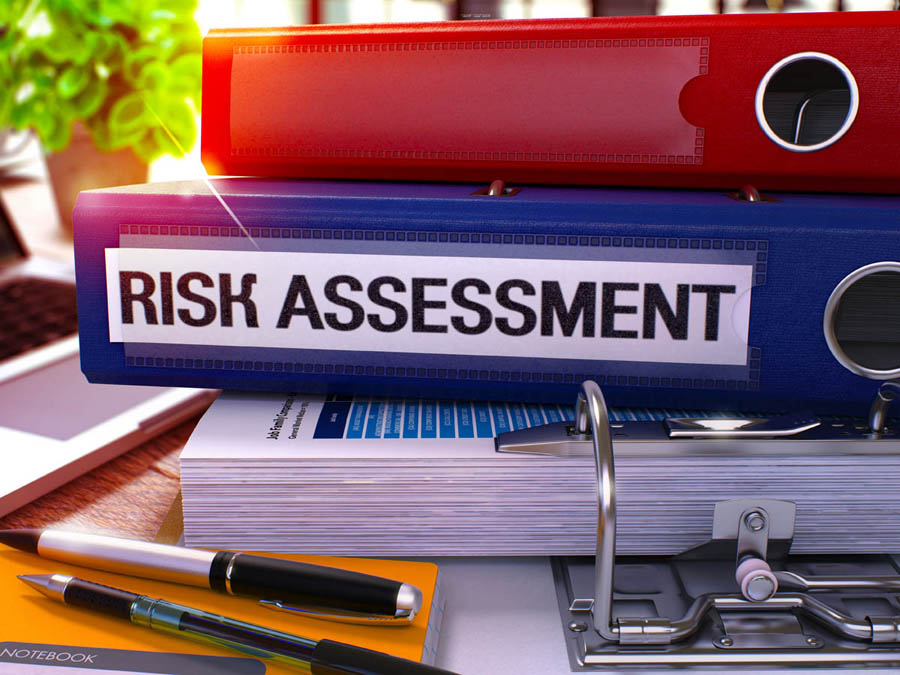You may at some point receive a report following a fire risk assessment for your premises, to ensure it meets the required safety standards necessary according to UK regulations.
Whether you are responsible for a commercial shopping facility, residential flats or a larger portfolio of premises such as warehouses and factories, it’s important to understand what this report should look like and how to act on the information it contains.
Basic Components of a Fire Risk Assessment Report
A standard report carried out by a competent assessor may vary depending on who you have commissioned to perform it, but some of the basic components are as follows.
- Summary of findings
- Overview of premises
- Fire hazard review
- Fire protection review
- Identified risk (sources, people and locations)
- Means of escape
- Key fire risk assessment findings
- Overall risk summary
- Supporting documents
What Will the Report Highlight?
Different sections of your report will highlight different aspects of fire risk and protection, in relation to your building. For example, a standard report will look to establish some of the below facts.
- Potential sources of ignition, fuel and oxygen within the building
- Existence of flammable or explosive materials
- Fire protection equipment and current conditions (e.g. smoke alarms and sprinkler systems)
- Total number of people at risk
- People who are at greater risk of danger during fires (e.g. employees with disabilities, lone workers, elderly occupants)
- Potential of fires spreading to nearby buildings
Get in touch if you would like a more detailed breakdown of what our reports include at UK-Fire Risk Assessments.
What is Risk Summary?
Typically, a risk summary will be calculated based on several different factors. From the likeliness of a fire breaking out to the potential danger posed to the building’s occupants, a general measurement will be taken of the overall fire risk that exists in any one building.
For example, your fire risk summary may explain that your premises possess only a moderate likelihood of causing a fire due to negligible potential causes of ignition and the type of occupancy of the building.
Similarly, you may find that your premises are deemed high risk with the potential to cause severe harm to life. This might be caused by a significant lack of controls to prevent fires from starting, high occupancy (e.g. shared flats or shopping centres), and poor means of escape.
What to Do With Your Fire Risk Assessment Report
Fire risk assessment reports are detailed and practical documents that are made to be acted upon in some way. In the most extreme cases, an assessment could lead to your operations being shut down temporarily while you introduce better fire safety measures.
In other situations, you may need to introduce a number of moderate practices or changes to reduce your overall level of risk, while you continue to operate normally. This could include updating your fire prevention technology, regulating certain kinds of activity within the premises, or removing flammable substances.
If you fail to recognise the information contained in a professional fire safety risk report, you could face significant fines, breach your insurance policy and even go to jail if you have received prior notices from a local fire authority about conforming to current fire safety regulations.
Arrange Your Assessment Today
At UK-Fire Risk Assessments, we are a recognised leader within the field of fire risk and safety. If you would like to arrange for your own assessment, or simply inquire about our processes, don’t hesitate to get in touch with one of our consultants.

